Stainless Steel Dished Ends
Price 1000 INR/ Piece
Stainless Steel Dished Ends Specification
- Size
- 3002000 mm
- Color
- SS Finish
- Material
- Stainless Steel
- Shape
- Round
- Application
- Pressure Vessel Closure
Stainless Steel Dished Ends Trade Information
- Minimum Order Quantity
- 100 Kilograms
- Payment Terms
- Cash Against Delivery (CAD), Cash Advance (CA), Cheque
- Main Domestic Market
- All India
About Stainless Steel Dished Ends
Stainless steel dished ends are similar to mild steel dished ends in terms of function, but they are made from stainless steel for applications where corrosion resistance, durability, and hygiene are critical. They are commonly used in industries like food processing, pharmaceuticals, and chemicals where corrosion resistance is crucial.
Key Features of Stainless Steel Dished Ends:
Types of Dished Ends:
Hemispherical Ends: High-strength ends, ideal for high-pressure applications due to their uniform stress distribution.
Torispherical Ends: These are widely used due to their balance between strength and ease of manufacturing.
Ellipsoidal Ends: These offer good strength with a shape that helps in managing internal pressure.
Flat Ends: These are used for applications where pressure is less critical but may still benefit from the corrosion resistance of stainless steel.
Manufacturing Process:
Hot or Cold Forming: Stainless steel dished ends are typically manufactured by hot or cold pressing, similar to mild steel. Depending on the grade of stainless steel and its thickness, specialized machinery may be required.
Welding and Polishing: Stainless steel can be more difficult to weld compared to mild steel, but it allows for smooth and polished finishes, making it perfect for industries with high cleanliness standards, such as pharmaceuticals or food processing.
Advantages:
Corrosion Resistance: Stainless steels inherent ability to resist corrosion makes it suitable for handling chemicals, seawater, and other corrosive substances.
Hygiene and Cleanliness: In industries where contamination must be avoided (like pharmaceuticals, dairy, or food processing), stainless steel dished ends are preferred due to their smooth, cleanable surfaces.
High Strength: Stainless steel, especially in certain grades like 316, provides excellent strength-to-weight ratios, making it suitable for pressure vessels and other demanding applications.
Applications:
Food Processing and Beverage Industries: For hygienic storage of liquids, stainless steel dished ends are used in vats and tanks.
Pharmaceutical and Biotechnology: They are employed in high-standard environments where sterility and cleanliness are important.
Chemical Industry: For tanks and reactors dealing with corrosive chemicals.
Marine Applications: Due to their resistance to saltwater, stainless steel dished ends are used in marine environments for pressure vessels and storage tanks.
Standards and Specifications:
Stainless steel dished ends are typically designed and manufactured in compliance with standards like ASME, BS, and other international guidelines.
Surface finishes can range from standard mill finishes to polished or electro-polished finishes, depending on the application.
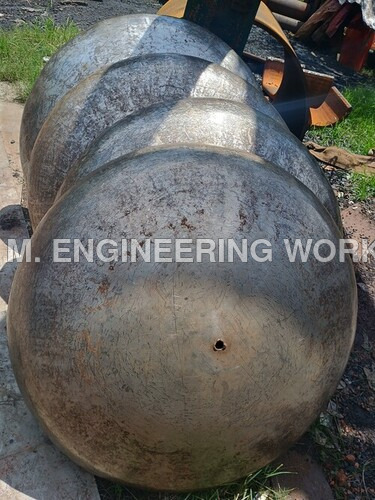

Price:
- 50
- 100
- 200
- 250
- 500
- 1000+
More Products in Dished Ends Category
Industrial Dish Ends
Minimum Order Quantity : 1 Piece
Product Type : Industrial Dish Ends
Color : Sliver
Usage : Industrial
Shape : Round
Fabricated Dish End
Minimum Order Quantity : 1 Piece
Product Type : Fabricated Dish End
Color : Sliver
Usage : Industrial
Shape : Round
Semi Elliptical Tank Head
Price 1000 INR / Piece
Minimum Order Quantity : 1 Piece
Product Type : Semi Elliptical Tank Head
Color : Sliver
Usage : Industrial
Shape : Round
Torispherical Tank Head
Price 330 INR / Kilograms
Minimum Order Quantity : 100 Kilograms
Product Type : Torispherical Tank Head
Color : Grey
Usage : Industrial
Shape : Round
 Send Inquiry
Send Inquiry
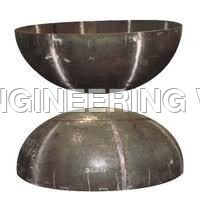
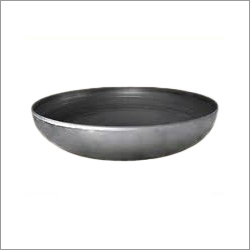
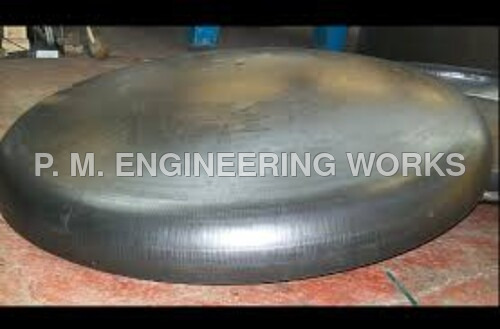
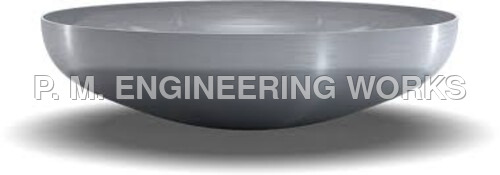

 : 08910477714
: 08910477714

 Send Inquiry
Send Inquiry Send SMS
Send SMS Call Me Free
Call Me Free